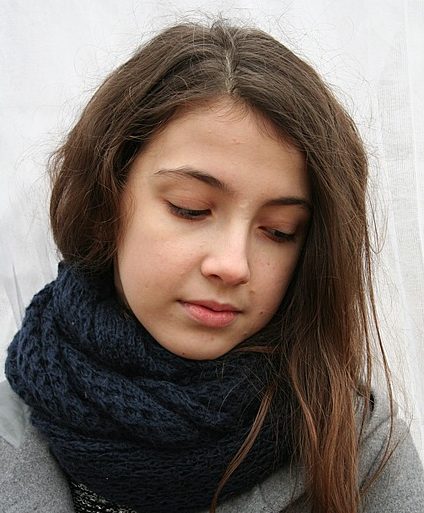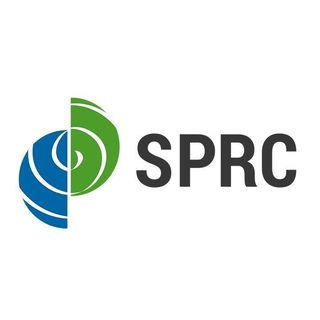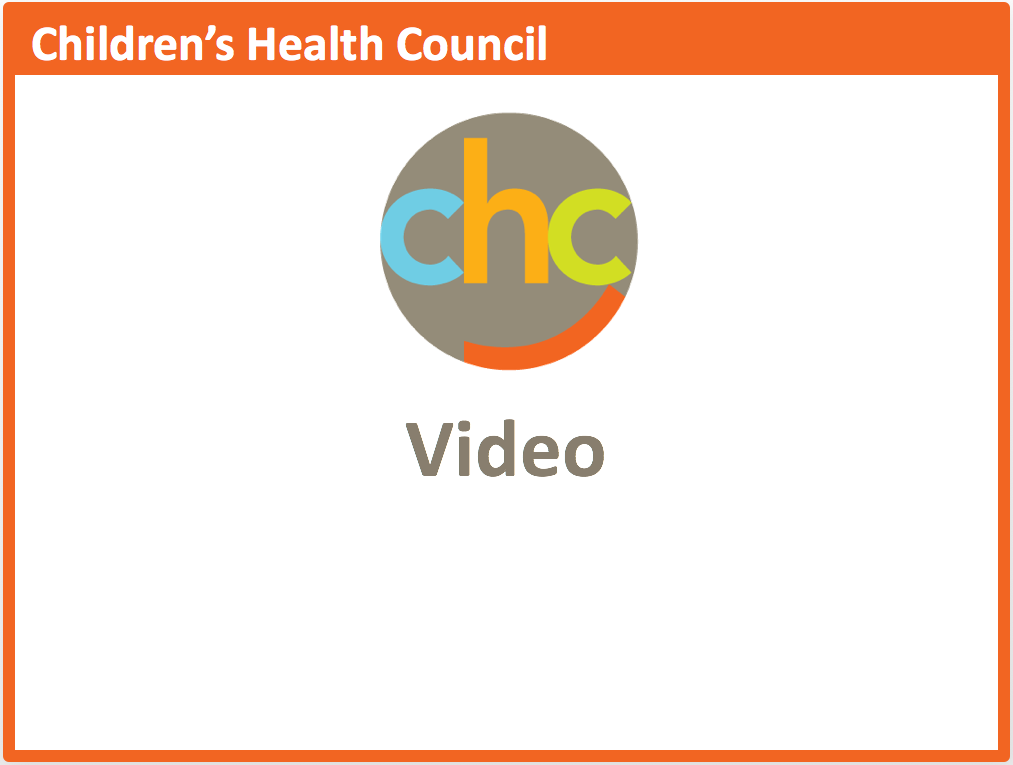 Seasonal Affective Disorder (SAD) is a type of depression that comes and goes with the seasons, typically starting in the late fall and early winter and going away during the spring and summer. It can affect adults, teens, and children.
Seasonal Affective Disorder (SAD) is a type of depression that comes and goes with the seasons, typically starting in the late fall and early winter and going away during the spring and summer. It can affect adults, teens, and children.
SAD is not considered as a separate disorder. It is a type of depression displaying a recurring seasonal pattern. To be diagnosed with SAD, people must meet full criteria for major depression coinciding with specific seasons (appearing in the winter or summer months) for at least 2 years. Seasonal depressions must be much more frequent than any non-seasonal depressions.
Symptoms of Major Depression
- Feeling depressed most of the day, nearly every day
- Feeling hopeless or worthless
- Having low energy
- Losing interest in activities you once enjoyed
- Having problems with sleep
- Experiencing changes in your appetite or weight
- Feeling sluggish or agitated
- Having difficulty concentrating
- Having frequent thoughts of death or suicide.
Symptoms of the Winter Pattern of SAD include:
- Having low energy
- Hypersomnia
- Overeating
- Weight gain
- Craving for carbohydrates
- Social withdrawal (feel like “hibernating”)
Symptoms of the less frequently occurring summer seasonal affective disorder include:
- Poor appetite with associated weight loss
- Insomnia
- Agitation
- Restlessness
- Anxiety
- Episodes of violent behavior
Risk Factors
Attributes that may increase your risk of SAD include:
- Being female. SAD is diagnosed four times more often in women than men.
- Living far from the equator. SAD is more frequent in people who live far north or south of the equator.
- Family history. People with a family history of other types of depression are more likely to develop SAD than people who do not have a family history of depression.
- Having depression or bipolar disorder. The symptoms of depression may worsen with the seasons if you have one of these conditions (but SAD is diagnosed only if seasonal depressions are the most common).
- Younger Age. Younger adults have a higher risk of SAD than older adults. SAD has been reported even in children and teens.
The causes of SAD are unknown, but research has found some biological clues:
- People with SAD may have trouble regulating one of the key neurotransmitters involved in mood, serotonin. One study found that people with SAD have 5 percent more serotonin transporter protein in winter months than summer months. Higher serotonin transporter protein leaves less serotonin available at the synapse because the function of the transporter is to recycle neurotransmitter back into the pre-synaptic neuron.
- People with SAD may overproduce the hormone melatonin. Darkness increases production of melatonin, which regulates sleep. As winter days become shorter, melatonin production increases, leaving people with SAD to feel sleepier and more lethargic, often with delayed circadian rhythms.
- People with SAD also may produce less Vitamin D. Vitamin D is believed to play a role in serotonin activity. Vitamin D insufficiency may be associated with clinically significant depression symptoms.
Treatments and Therapies
There are four major types of treatment for SAD:
- Medication
- Light therapy
- Psychotherapy
- Vitamin D
These may be used alone or in combination.
Medication
Selective Serotonin Reuptake Inhibitors (SSRIs) are used to treat SAD. The FDA has also approved the use of bupropion, another type of antidepressant, for treating SAD.
As with other medications, there are side effects to SSRIs. Talk to your doctor about the possible risks of using this medication for your condition. You may need to try several different antidepressant medications before finding the one that improves your symptoms without causing problematic side effects. For basic information about SSRIs and other mental health medications, visit NIMH’s Medications webpage. Check the FDA’s website for the latest information on warnings, patient medication guides, or newly approved medications.
Light Therapy
Light therapy has been a mainstay of treatment for SAD since the 1980s. The idea behind light therapy is to replace the diminished sunshine of the fall and winter months using daily exposure to bright, artificial light. Symptoms of SAD may be relieved by sitting in front of a light box first thing in the morning, on a daily basis from the early fall until spring. Most typically, light boxes filter out the ultraviolet rays and require 20-60 minutes of exposure to 10,000 lux of cool-white fluorescent light, an amount that is about 20 times greater than ordinary indoor lighting.
Psychotherapy
Cognitive behavioral therapy (CBT) is type of psychotherapy that is effective for SAD. Traditional cognitive behavioral therapy has been adapted for use with SAD (CBT-SAD). CBT-SAD relies on basic techniques of CBT such as identifying negative thoughts and replacing them with more positive thoughts along with a technique called behavioral activation. Behavioral activation seeks to help the person identify activities that are engaging and pleasurable, whether indoors or outdoors, to improve coping with winter.
Vitamin D
At present, vitamin D supplementation by itself is not regarded as an effective SAD treatment. The reason behind its use is that low blood levels of vitamin D were found in people with SAD. The low levels are usually due to insufficient dietary intake or insufficient exposure to sunshine. However, the evidence for its use has been mixed. While some studies suggest vitamin D supplementation may be as effective as light therapy, others found vitamin D had no effect.
Source: The National Institute of Mental Health (NIMH) | Seasonal Affective Disorder, https://www.nimh.nih.gov/health/topics/seasonal-affective-disorder/index.shtml | public domain. Last reviewed March 2016
A screening can help you determine if you or someone you care about should contact a mental health professional. Care Coordinators can arrange a free 30 minute Care Consultation so you can explore options with an expert.
We invite you to call or email our Care Coordinators at 650.688.3625 or careteam@stage.chconline.org to set up an initial Parent Consultation appointment.




